As of August 9th, Canada has reopened its borders to non-essential travel for U.S. citizens. In short, that means they’ve opened up the country for international tourism from the U.S. Meanwhile, the U.S. has not offered the same priveledges to Canadian citizens wishing to spend their tourist’s dollars in the U.S. So we guess it’s more like a one-way opening.
Yes, the border between Canada and the U.S. is open to tourists again. But no, that doesn’t mean you can just pick up and go. Canada has a few restrictions and a few unavoidable fees in place.
This really all boils down to whether or not you’re vaccinated and can afford an extra $300 to $500 on PCR tests to go and come back (per person). There’s more to it than that and we’ll get into it below, but that’s the gist. While that means that you can totally go this weekend if you’re already vaccinated and willing to shell out some serious cash for PCR tests, it does make it harder to just go on a whim (especially on the cheap). If you’re already spending $300, $400, or $500 just to get in and out before you even pay for your first Labatt’s and poutine … it’s a lot.
Anyway, here are the broadest rules you need to know to actually get in and out of Canada as a U.S. tourist.
Vaccination Status/Proof of Recovery from COVID
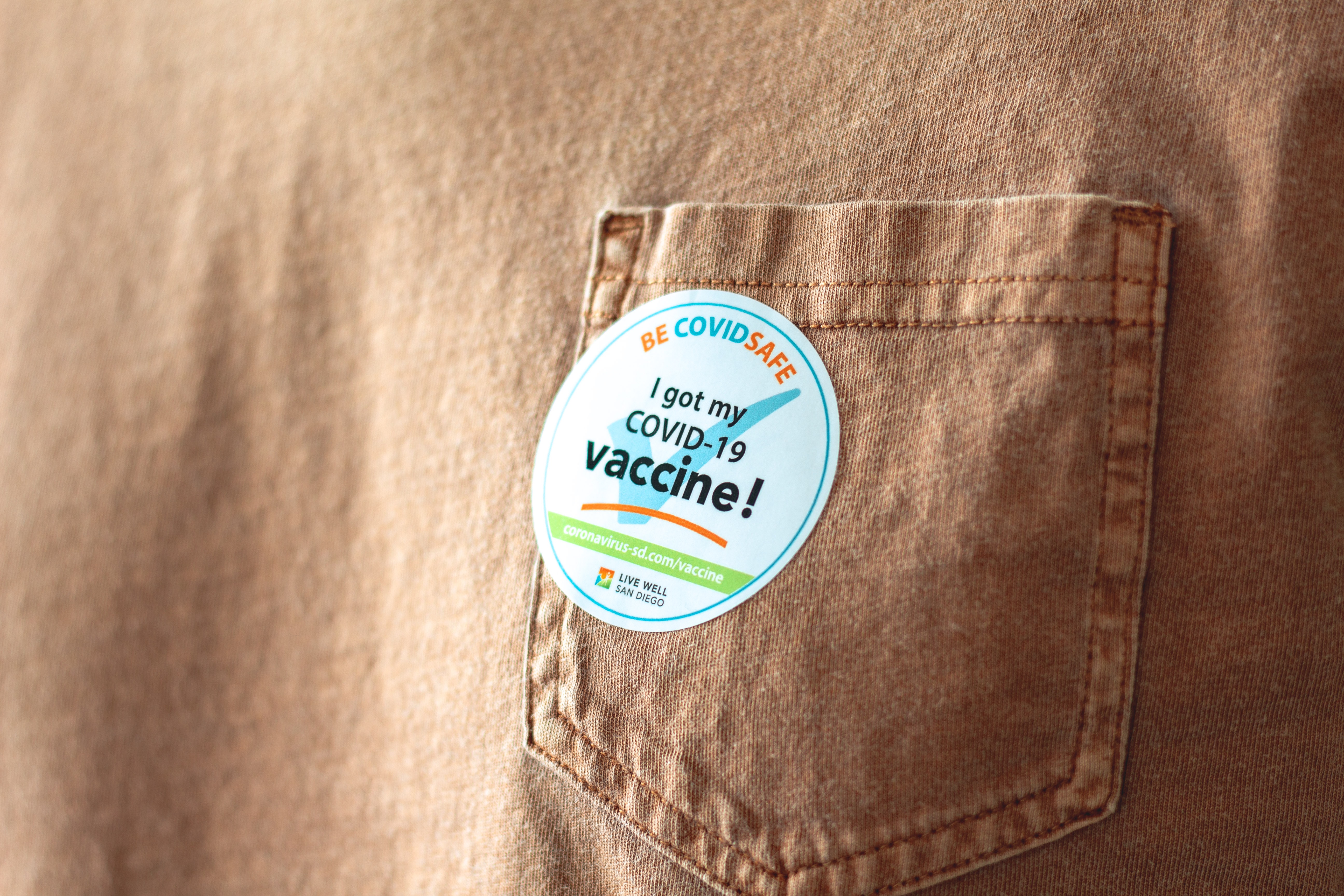
This is the biggest caveat to the whole thing. The border is re-opened (for now) to vaccinated Americans or those who have tested positive and recovered from the disease in the last 14 days to six months.
If you’re unvaccinated, you’ll have to quarantine upon arrival for 14 days and take another test after day eight.
You’ll have to show your original vaccination certificate either at the border crossing (by land) or at the check-in counter at the airport when you get your boarding pass. If you skip the check-in desk, the gate agents will call you up to check your documents before boarding.
All of this, luckily, can be pre-uploaded and pre-approved, which leads up to the next requirement.
ArriveCAN App
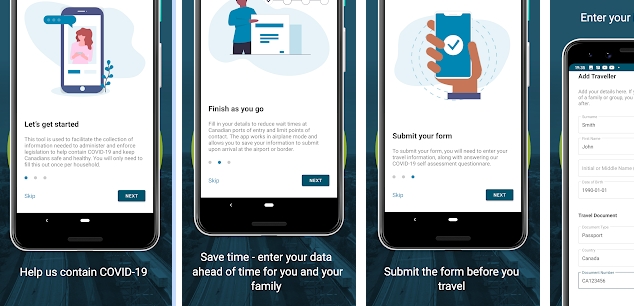
You’ll need to download this app and answer a few sections of pre-arrival questions. You can also upload your vaccination documents, PCR test results, and any other customs documents to help you clear immigration and customs more efficiently.
Next, you’ll have to fill out a “backup plan” in case you get sick while in Canada. That means you’ll have to detail how and where you’re going to quarantine for 14 days if you get a positive COVID test back while on vacation.
Negative PCR Test, Each-Way
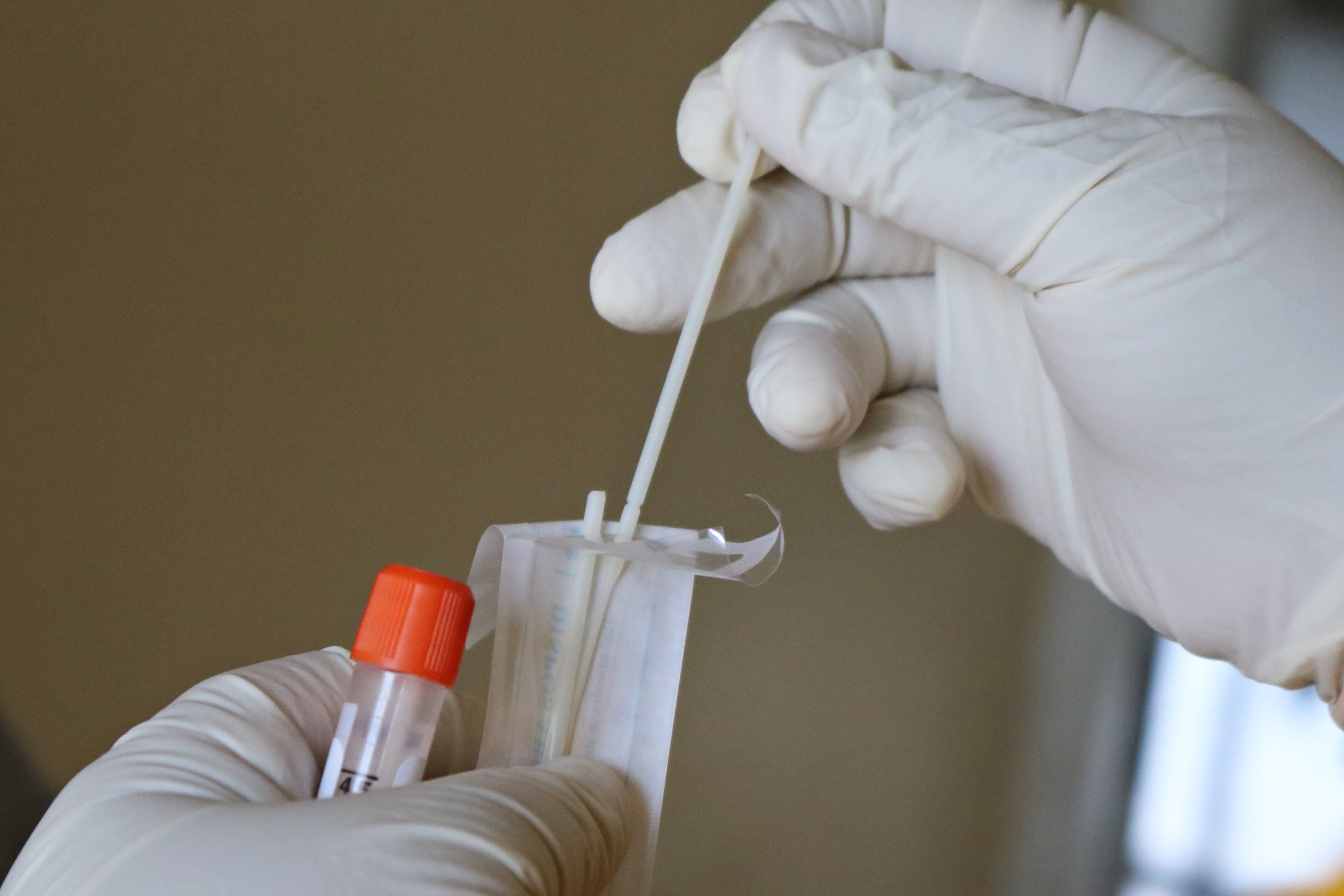
This is what’ll weed a lot of travelers out. You’ll have to provide a negative PCR test that was taken within 72 hours of arrival in Canada (not departure to). Then, you’ll have to get another one to come back into the United States. It’s also worth noting that desk agents at airports will 100 percent require a new test if yours is even a few minutes past 72-hours old.
These tests are not cheap. Generally, testing spots (if you can find one outside of an airport) will have two options. XpresCheck, for instance, offers a PCR with results in three to five days for $75. Or you can get a rapid PCR test with results in 30 minutes for $250. Obviously, that’s priced to force you into buying the $250 option, as five days fall far outside the 72-hour cut-off for the test to be considered valid for travel.
And yes, you still need to have the PCR test, both ways, even if you’re vaccinated or recently recovered.
Post-Arrival Re-test
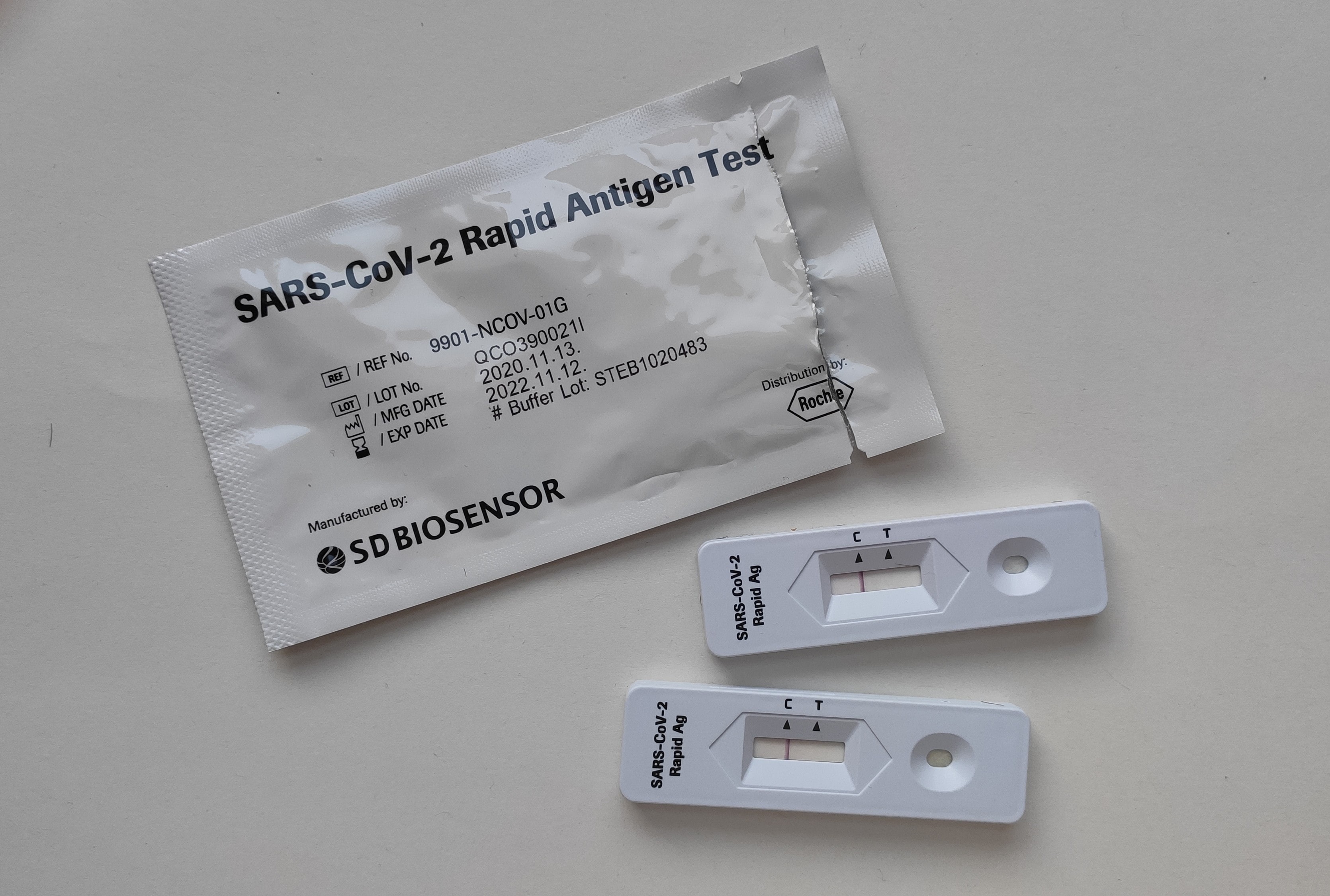
So, there’s more before you’re cleared to start having a vacation in Canada. You’re required to take a post-arrival COVID test on the first day in Canada. This is either a free test upon arrival. Or you’ll be given a home-test kit and you’ll have a set up a video call to walk through the test with a medical professional.
Once the result of that rapid test comes back negative, you’re in the clear to grab that Labatt’s and poutine. If it doesn’t, you’ll be required to carry out your quarantine plan on the ArriveCAN app and wait for the next covid test on day eight coming back negative before you can return home.
Rules In Canada
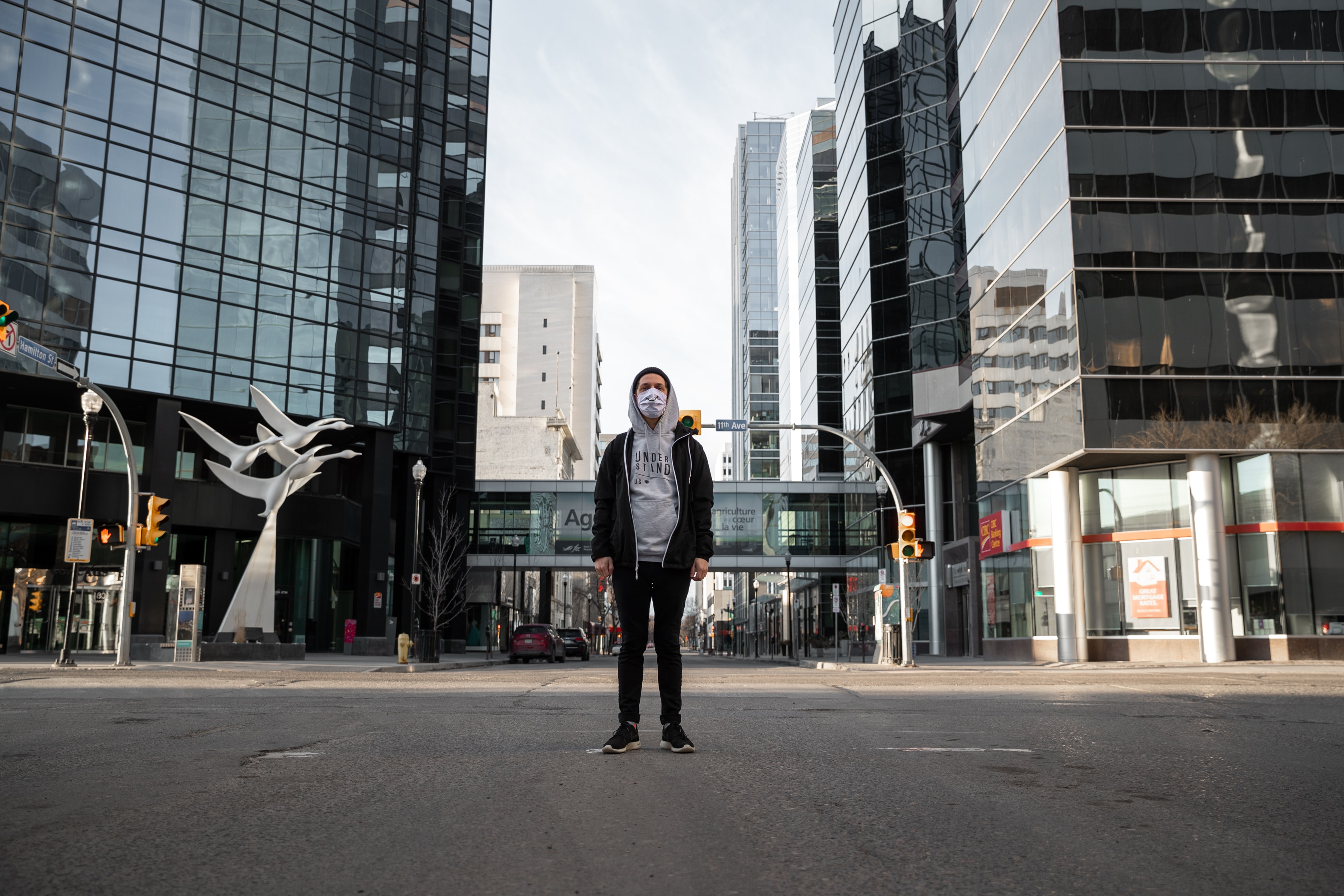
When it comes to actual rules on the ground in Canada, it depends on which province and sometimes which city you’re standing in. Look up local rules before you go for dining, bars, events, and outdoor adventure. It’s on you to know and follow the rules and protocols in place where you’re going.
It’s also important to remember that all of this is ever-changing. Borders could reclose at any time, lockdowns can start unexpectedly and regardless of your travel plans, being level-headed, practical, and flexible is the only way travel works right now.







